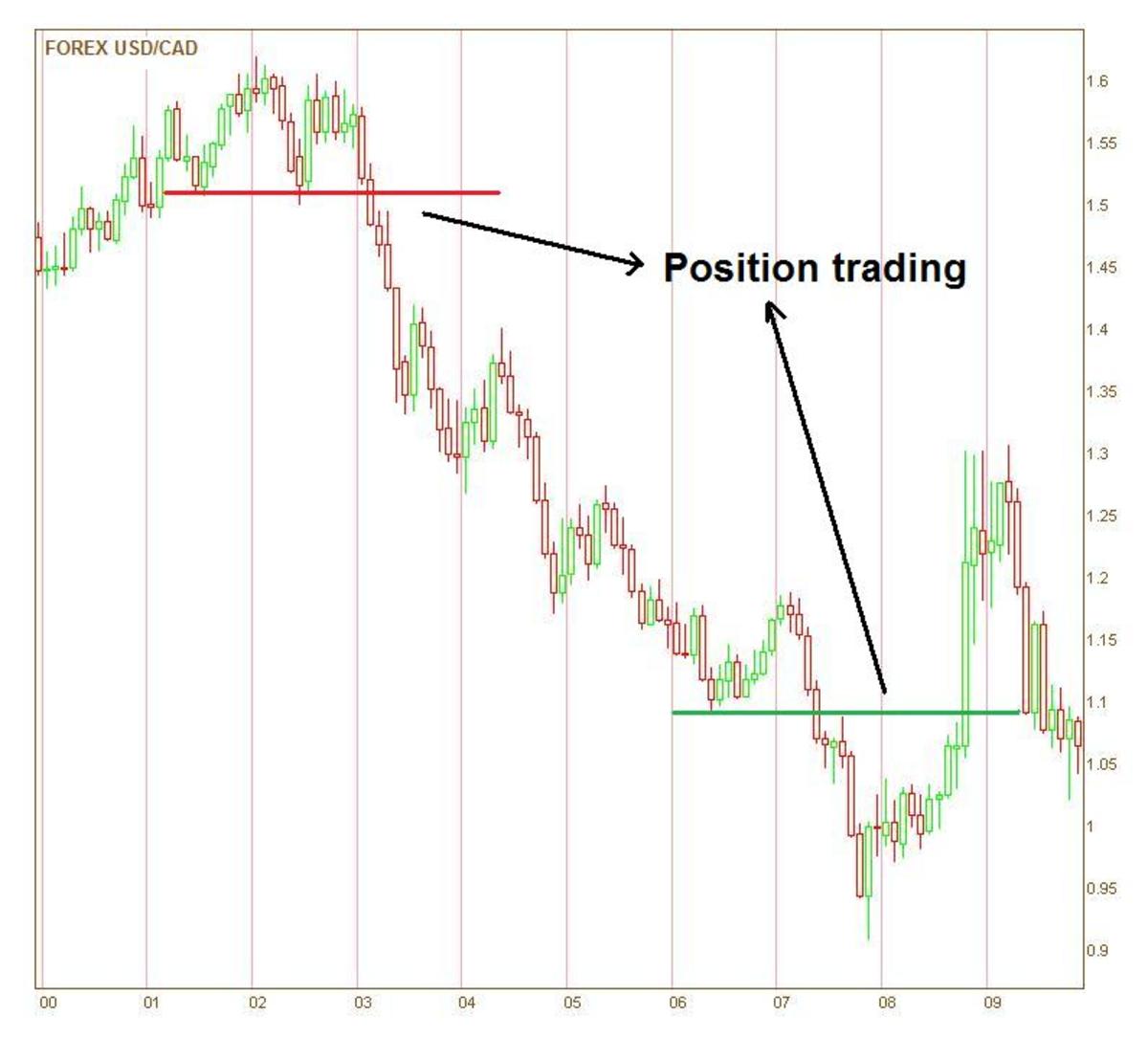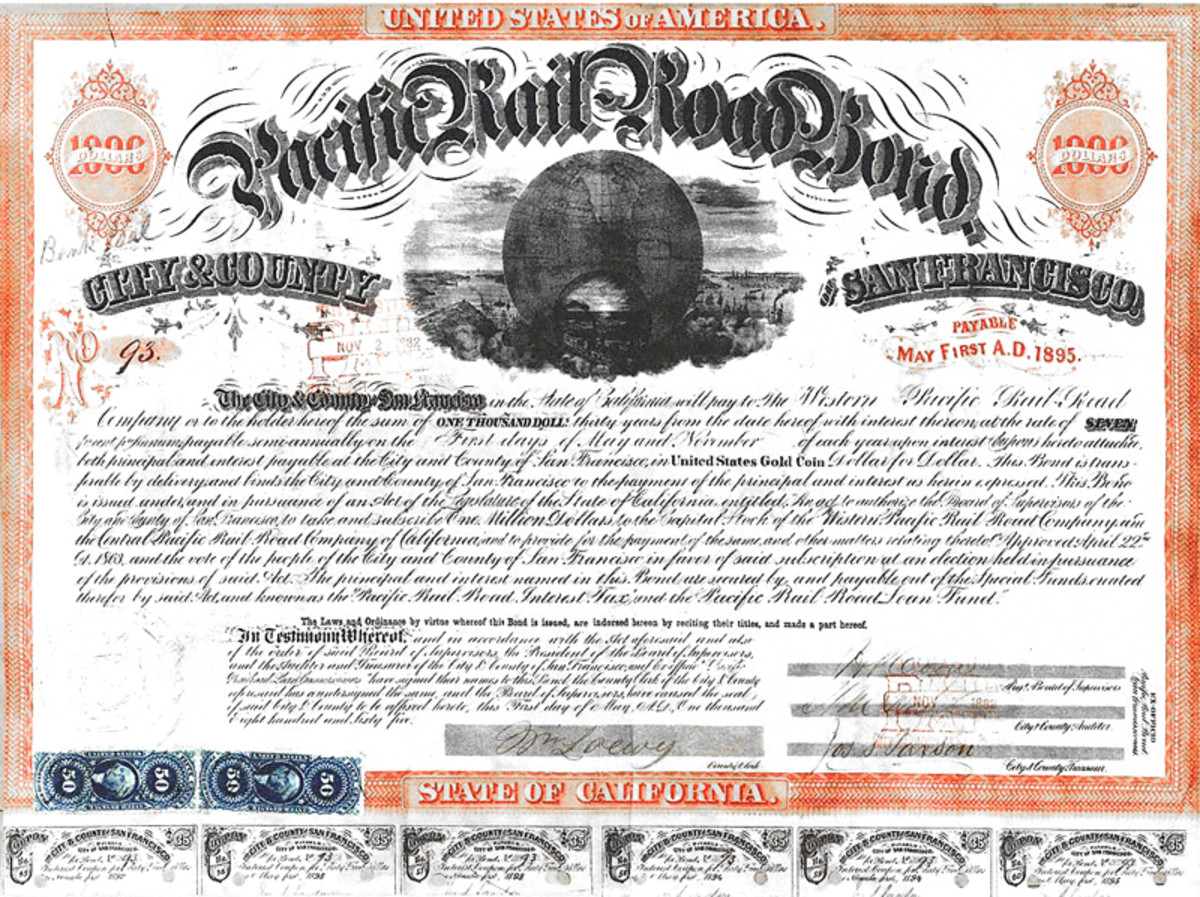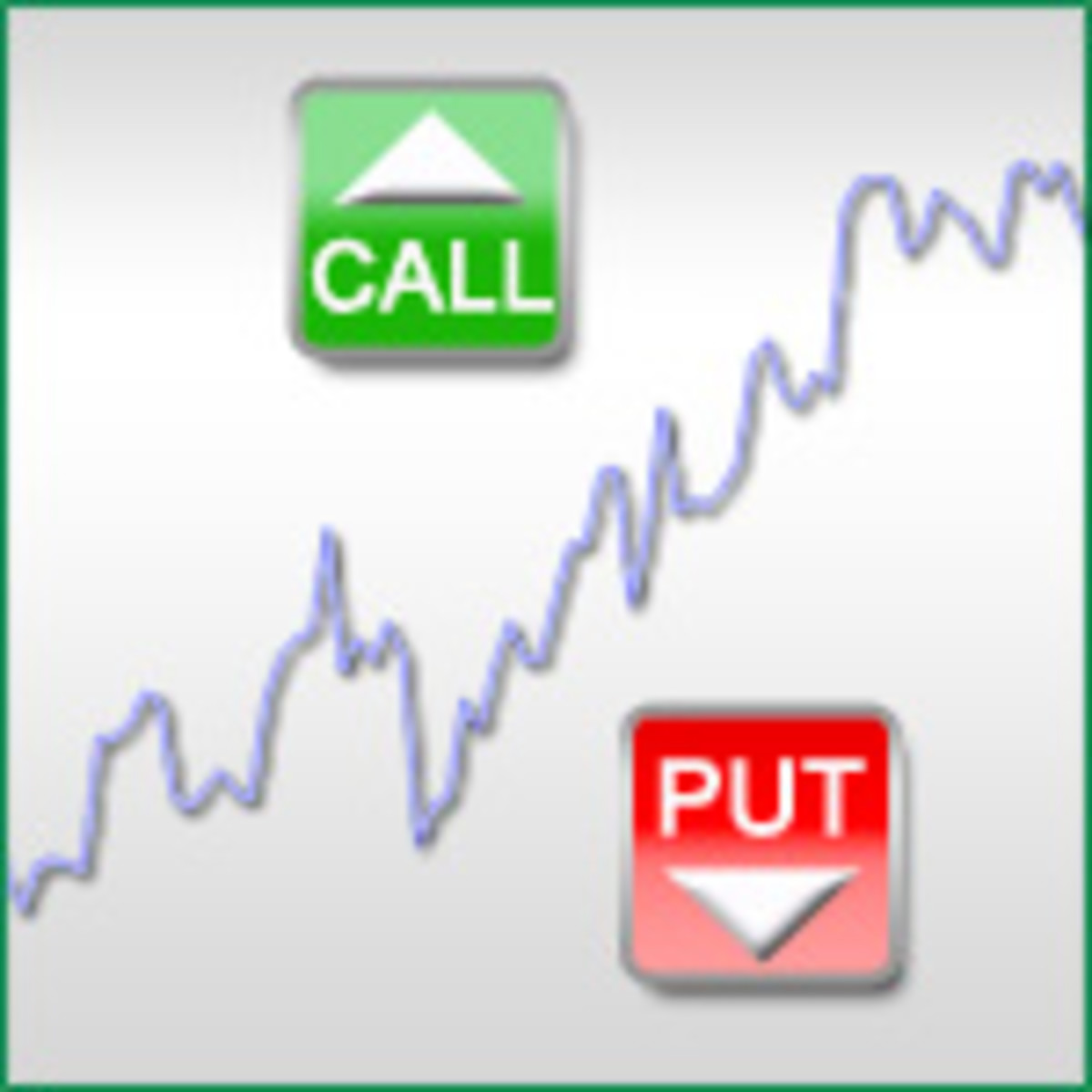Controlling Risk on Stock Trades

All About Risk
Risk is the downside to stock trading. If it weren't for the risk we would all be millionaires! So the key to successful investing is keeping your losses to a minimum. Many people try to accomplish this with the usage of stop loss orders.
What is a stop loss order. Simply put it is an order which will stop the loss. If you were to buy XYZ stock for $35.00 and you don't want to risk more than $2.00 per share on this trade then you could place a "good to cancel" limit order to sell the position at $33.00. The problem with this strategy is "gaping." If for some reason the stock gaps down and opens at $28.00 tomorrow your $33.00 stop limit order will be filled at $28.00 causing you to realize a much greater loss then you intended to assume.
Another very popular strategy is utilizing the protective put strategy. This would be where you buy the stock and also buy a Put Option to give you downside protection. While this Put does give you greater downside protection it has it's drawbacks also.
First off let me explain how the Put protects you. Using the same numbers above let's say that you buy the same stock at $35.00 and you want to greatly reduce your risk so you purchase an "at the money" $35 Put. Theoretically you could not loose any money on this trade. Notice I said "theoretically." In concept if your stock moved against you your Put is making the money that your stock is loosing keeping you in a net neutral position. However, the Put has a break even point at expiration. Let's say you paid $2.20 premium for this option, then the break even point would be $32.80. Therefore, if at expiration the stock is at $33.50 you would have a net loss on the Put and your insurance on the stock would be gone.
The other problem with this strategy is that you limit your upside profit. Because of the $2.20 premium you paid your stock would have to move above $37.20 before you started making a profit.
A Tale of Two Gamblers
Two friends decide that they want to go to Las Vegas on a gambling trip, however they are also going to make sure that they don't loose a lot of money. They sit down together and develop a plan to limit their losses. They both agree that they will not loose more than $500 each. This will be the maximum amount that they are willing to loose.
They get all their stuff together to make their trip. One of the individuals takes a total of $500 and the other person takes $1,500.00 plus several credit cards.
Considering they have both agreed to not loose more than $500.00, which one do you think will stick to their guns and keep their losses to no more than $500?
Well, I think the answer to the question is pretty simple. The person who only has $500 has positioned himself to not loose more than the designated amount.
This brings us to one of the best ways to limit loss, which is position sizing. Too often investors enter into a position with way too much at risk given the size of their account. This brings us to the concept of "Risk of Ruin."
if you have an account of $10,000.00 and each position you enter carries a risk of $1,000.00 then it will only take 10 loosing trades to be ruined. However, if you risk a maximum of $500 per trade then it would take 20 loosing trades to bring you to ruin.
How many times can you have loosing trades before you are out of the game? The more loosing trades that you can sustain the less likely you will be taken out. Therefore, entering the trade with the right position size is arguably one of the best strategies for controlling risk.
This means that a far safer strategy would be to enter into smaller trades. If you think about this for a moment, not only do you limit your risk as discussed in this Hub, but also helps you become more profitable.
Consider the following, if you make one large trade you will either make money or loose money, but if for the same amount of risk you can make 5 trades, then you have diversified your risk and profits giving you the ability to be more consistently profitable.
The problem with this that needs attention is the cost of commissions. So in order to have more positions with smaller risk factors you need to find a broker that has low commission rates.







